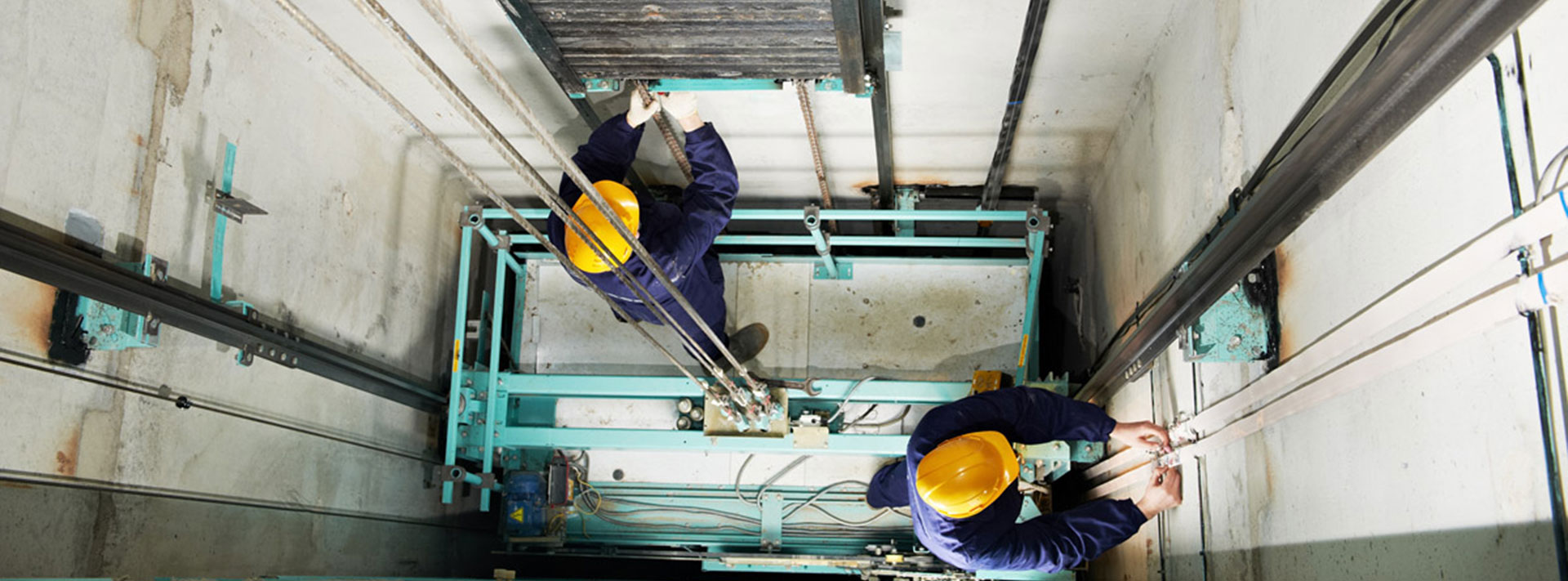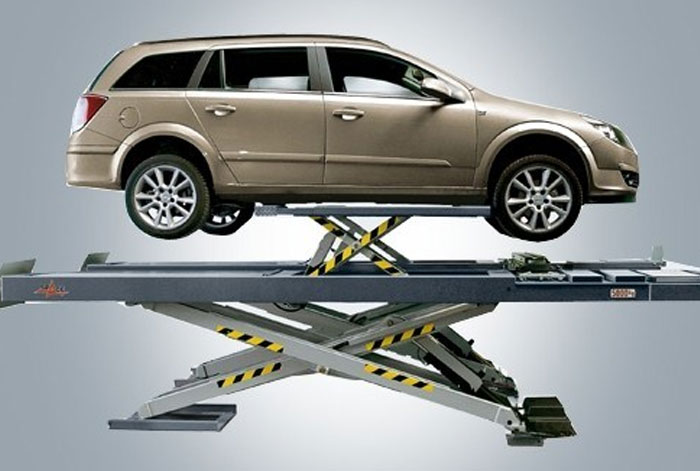




Lifts are efficient and capable vehicles when used for the purposes they are manufactured and are reliable as long as they take into account the working environment risks in terms of operating conditions and health and safety in various sectors.

When assessing the risk of the lifts, it should be taken into consideration how often it will be used, where it will be used, the characteristics and characteristics of the load to be lifted, the usage restrictions described by the manufacturer or supplier, the weather conditions if used outdoors and ergonomic needs.
It is very important that the working environments in which the lifts will be used are properly planned, that the lifts are used by qualified persons, that they are produced safely and that periodic inspections and inspections are carried out on time. The pre-use status of the lifts must be well known to the operator, the person who may be affected and the operator.
All lifting and forwarding operations are risky. The fibers must also have sufficient strength and stability for the loads to be carried, especially at the mounting and fixing point. In addition to the force components to which the lifts will be exposed during use, the weight of the accessories used in the lifting process must also be taken into account. An authorized person must ensure that the stability and stability of the lift is sufficient for the intended use.
Effective measures should be taken against overturning to ensure adequate stability. Lifts and accessories must have a solid structure, solid material and sufficient strength and should not be defective. The safe working load must be indicated and used only for the specified loads. The safe working load must never be exceeded.
The standards that are taken as basis in the control and inspection works carried out by the competent authorities are as follows:
TS 10116 Cranes - Test and inspection methods
TS EN 280 + A1 Mobile work platforms that can be upgraded - Design calculations - Balance criteria - Construction - Safety - Inspection and tests
TS EN 1495 + A2 Platforms - Columnar work platforms
TS ISO 9927-1 Cranes - Inspections - Part 1: General
The application is received, the contract is followed and the organization, which product, vehicle and work equipment, what type of survey or inspection is determined.
An expert team is guided by the relevant examinations and the evaluations requested by the organization are performed NDT or visually.
The data obtained as a result of the inspection is evaluated by the expert auditors and the accredited inspection report is submitted to the company.
To get an appointment, to get more detailed information or to request an evaluation, you can ask us to fill in our form and reach you.